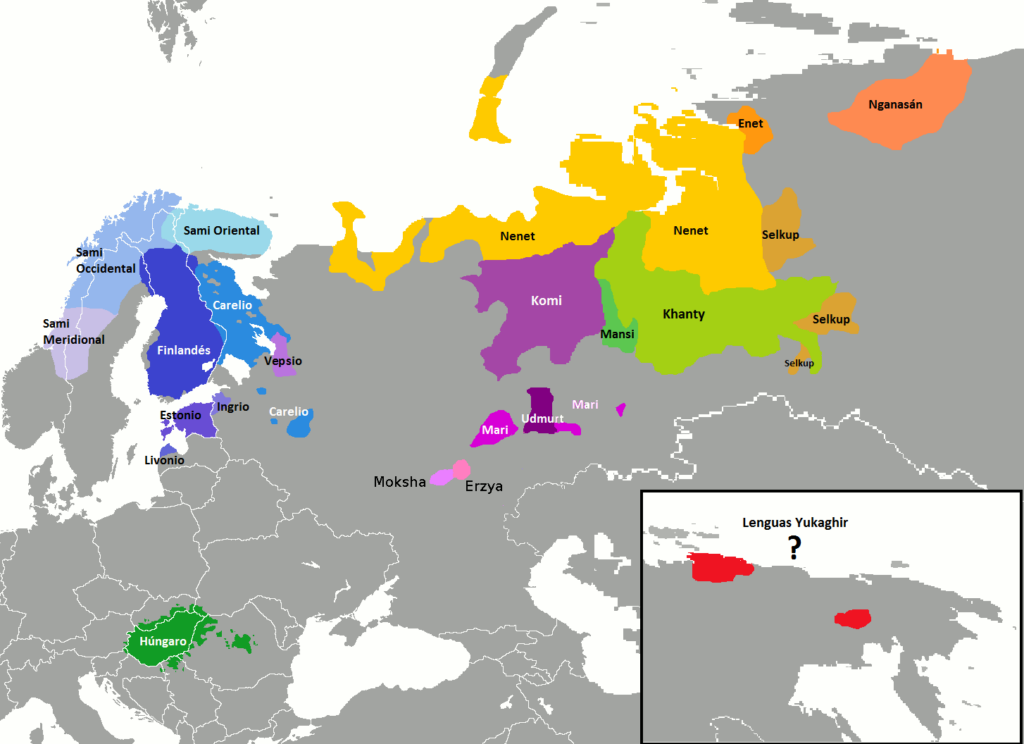The Uralic languages, with their rich history and linguistic diversity, offer a fascinating journey through time and space, revealing ancient cultural and migratory connections from the Urals to Central Europe.
Origins and History
The Uralic languages have their roots in the Volga-Ural region, where they are believed to have originated approximately 7,000 to 8,000 years ago. This language family has branched and spread across vast areas of Eastern Europe and northern Siberia, leading to diversification into the two main subgroups: the Finno-Ugric languages and the Samoyedic languages.

Distribution and Speakers
The geographical distribution of the Uralic languages is extensive. Finnish, Estonian and Hungarian are the best known. The Hungarian that has the largest number of speakers, approximately 13 million people. The Finn or Finn just over 5 million. Despite their geographical dispersion, the Uralic languages share distinctive characteristics that point to a common origin.
The Samoyedic languages, on the other hand, are spoken by much smaller communities in northern Russia, with Nenets being the largest with around 30,000 speakers. These languages face significant challenges in terms of preservation and revitalization.
Linguistic Characteristics
A distinctive feature of many Uralic languages is vowel harmony, which implies that the vowels within a word fit together in terms of their sound characteristics. Furthermore, these languages are predominantly agglutinative, meaning that they use a series of affixes to modify the meaning of base words and express grammatical relationships.
Interestingly, unlike many Indo-European languages, Uralic languages generally lack grammatical gender. This means that, instead of having different forms for masculine, feminine (and sometimes neuter), nouns and adjectives do not vary by gender.
Curious Notes
Hungarian in Asia: Although Hungarian is predominantly spoken in Europe, there are communities in Asia, especially in Siberia, where it is spoken due to historical migration. This reveals to us the Central Asian past of the Magyar people.
Finnish and Tolkien: J.R.R. Tolkien, famous for his work “The Lord of the Rings”, was inspired by the Finnish language to create Quenya, one of the Elven languages in his novels.
Estonian and Music: Estonian is known for its central role in singing festival culture, with the Estonian Song Festival being a prominent event celebrating Estonian identity and culture through choral music.
Endangered Languages: Many of the Uralic languages, especially the Samoyedic and some minor Finno-Ugric languages, are classified as threatened or endangered, which has led to international efforts for their preservation.
Conclusion
And so far our journey to the mysterious and still living Uralic languages, testimony that European peoples also sink their roots in Asia.


